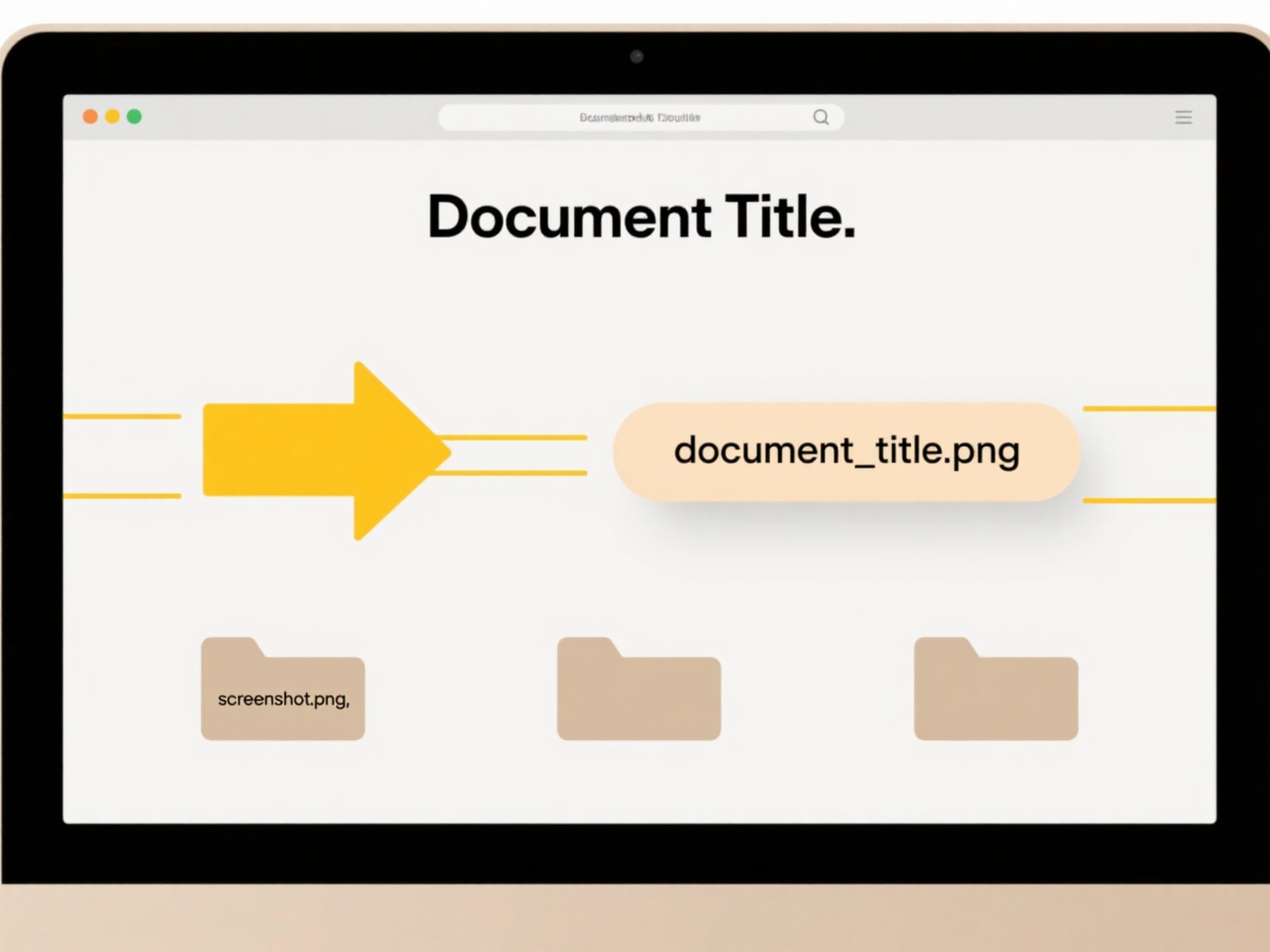
Accessing linked files offline depends on how the links are created and where the target files reside. Linked files reference external content stored in locations like your computer's hard drive, a shared network drive, or cloud storage (like OneDrive, Google Drive, or SharePoint). To access them offline, a copy of the actual linked file must be physically present on your device. This differs from embedded files, which are included within the main document itself and are always accessible offline.

Typically, cloud storage platforms (e.g., OneDrive, Dropbox, iCloud Drive) offer syncing features where you can explicitly mark folders or files as "available offline." Once synced locally, links pointing to files within these designated offline folders will function without internet. Similarly, links pointing to files already stored locally on your device (like on your C: drive) or to a network location for which offline copies have been enabled (via operating system features) will work offline.
The primary advantage is convenient access without constant internet, particularly useful for mobile work or unreliable connections. However, limitations exist: ensuring specific files are synced beforehand is crucial, permissions to access the original file location are still required even offline, and synced files might not reflect the absolute latest online version unless recently updated. Consider data security implications when taking confidential files offline to less secure devices.
Can I access linked files offline?
Accessing linked files offline depends on how the links are created and where the target files reside. Linked files reference external content stored in locations like your computer's hard drive, a shared network drive, or cloud storage (like OneDrive, Google Drive, or SharePoint). To access them offline, a copy of the actual linked file must be physically present on your device. This differs from embedded files, which are included within the main document itself and are always accessible offline.

Typically, cloud storage platforms (e.g., OneDrive, Dropbox, iCloud Drive) offer syncing features where you can explicitly mark folders or files as "available offline." Once synced locally, links pointing to files within these designated offline folders will function without internet. Similarly, links pointing to files already stored locally on your device (like on your C: drive) or to a network location for which offline copies have been enabled (via operating system features) will work offline.
The primary advantage is convenient access without constant internet, particularly useful for mobile work or unreliable connections. However, limitations exist: ensuring specific files are synced beforehand is crucial, permissions to access the original file location are still required even offline, and synced files might not reflect the absolute latest online version unless recently updated. Consider data security implications when taking confidential files offline to less secure devices.
Quick Article Links
How do I add sequential numbering to document sets?
Adding sequential numbering to document sets involves automatically generating unique, consecutive numbers for groups of...
Can I rename files after uploading to a web server?
Renaming files after upload is technically possible on web servers, which store files on a computer like a personal comp...
How do I rename exported reports by department or project?
Renaming exported reports by department or project involves customizing the exported file name automatically to include ...